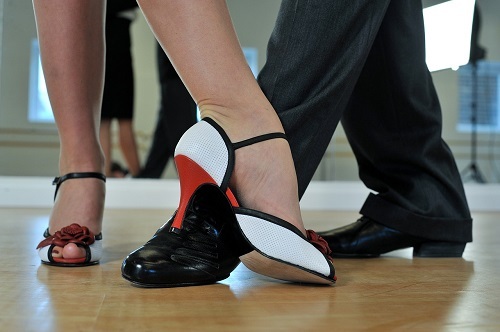
What is “arthritis”?
Arthritis is a painful condition affecting the joints of the body in which the soft covering (articular cartilage) over the ends of the bones becomes damaged or worn. When the cartilage of a joint becomes damaged, painful friction in the involved joint occurs and can eventually lead to bone-on-bone contact.
Are there different types of arthritis?
There are two main types of arthritis.
The first type, osteoarthritis, is the most common and is best described as a “wear and tear” process. The degeneration can be through natural wear with aging or by way of an injury (post traumatic arthritis).
The second type is a broad category known as inflammatory arthritis. The most common form of inflammatory arthritis is rheumatoid arthritis. In rheumatoid arthritis the joints cartilage becomes damaged through a process in which the body’s immune system produces substances which attack and destroy the joint surface.
How do I know if I have arthritis? What are the symptoms?
Painful, stiffness and swelling of a joint or joints are the most common symptoms or arthritis. A physician diagnoses arthritis by listening to the patient describe their symptoms and duration (patient history), performing a physical exam of the involved joint or joints and taking x-rays. X-rays are helpful in determining the degree of damage to the joint. Blood tests are often used when there is a suspicion of inflammatory arthritis.
How is arthritis treated?
A number of treatment strategies are used to relieve and control the symptoms of arthritis. In general, mild to moderate arthritis can be managed with conservative treatment such as medications, exercise, and braces. More severe arthritis sometimes requires more aggressive treatment such as joint replacement surgery.
Injections of cortisone (“steroid shots”) into an arthritic joint can provide temporary pain relief and reduce joint swelling. These injections can only be safely performed a few times per year or additional joint damage may occur.
Another type of injection commonly used in the knee is called viscosupplementation. Viscosupplementation is an injection of hyaluronic acid that serves as a joint lubricant. Not all patients respond to viscosupplementation but about 60 to 70% of patients report improvement in their symptoms after the injections.
When more conservative arthritis treatment methods over an extended period of time have failed, joint replacement surgery can be performed in some patients. In this surgery an orthopaedic surgeon removes the damaged surfaces of an arthritic joint and replaces them with a prosthetic joint. In addition, the surgeon also corrects the alignment of the joint which may have become damaged or deformed by the arthritis.
How common is joint replacement surgery and is it effective? How long do they last?
Joint replacement surgery has become increasingly more common with the aging US population and is now the treatment of choice for advanced joint arthritis. The most frequently replaced joints are the knee and hip (approximately 95% of procedures combined) followed by the shoulder. Well over 1 million total knee and hip replacements are performed annually in the US and the number is projected to increase steadily over the next 20 to 30 years.
Joint replacement surgery is one of the success stories of modern medicine and is one of the most effective surgeries performed by orthopaedic surgeons. Studies commonly report patient satisfaction rates of greater than 90% after total joint replacement.
Advances in technology and implant design have lead to an increase in the longevity of the implants. In the past total hips and knees would routinely wear out after 12-15 years. With improved designs and components, it is hoped that the current implants will routinely last 20 years or longer. Consequently, joint replacements are now being performed on younger patients with advanced arthritis.
Article written by Dr. Chris Ferguson - an orthopaedic surgeon specializing in sports medicine and total joint replacement. Dr. Ferguson is board certified in both general orthopaedics and orthopaedic sports medicine. He has been in practice with the Memphis Orthopaedic Group (MOG) for 8 years and currently sees patients at four MOG locations in the Memphis area.


Comments